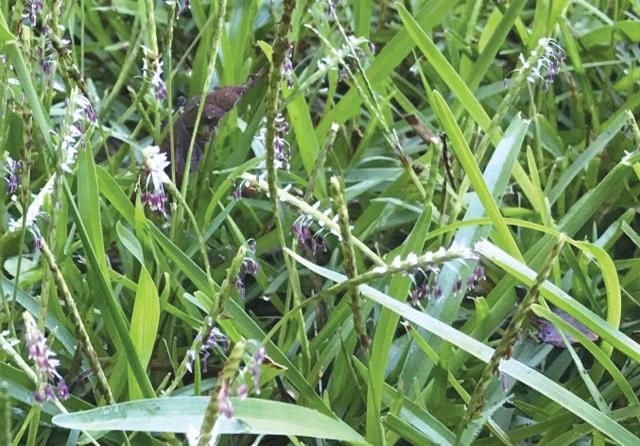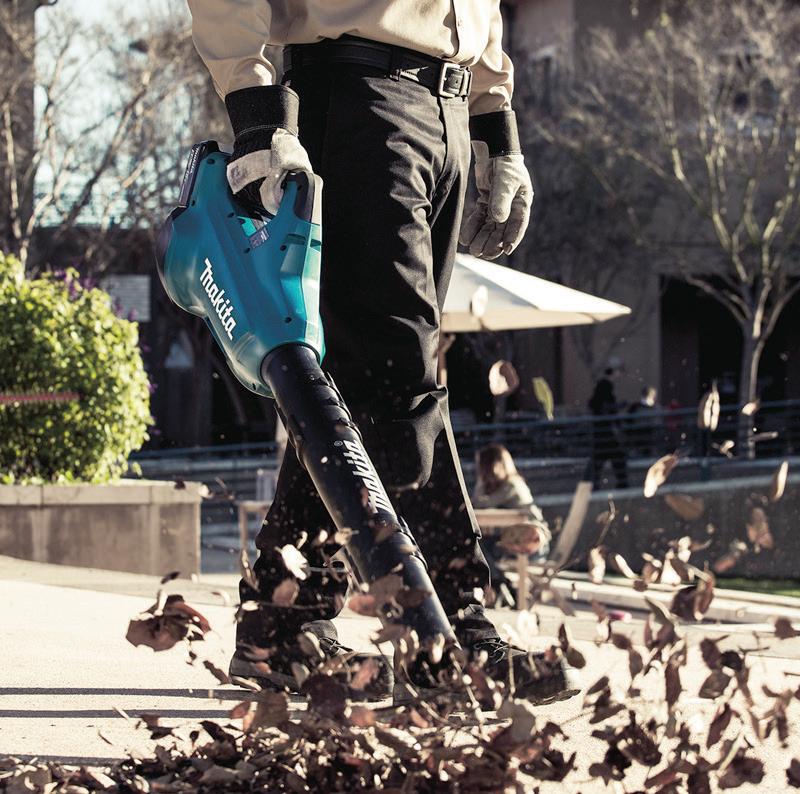URBAN AG
Urban agroforestry
Potential integration into city planning efforts by Sarah Lovell, University of Missouri-Columbia
Sarah Lovell
Urban agroforestry makes efficient, double use of space. Trees that produce food can line city streets, parks, and other spaces. Right, from top: Kousa dogwood, Jujube, American persimmon, pawpaw.
UAC MAGAZINE | SPRING 2021
Should we reimagine a “garden city” that
54
could help adapt our urban areas for a variable and uncertain future? One that provides several benefits, like cooling the city, providing green areas for city-dwellers, and even a fresh food supply? That type of question is studied by scientists in the field of urban agroforestry. As you can imagine, plant science, horticulture, agriculture, forestry, and other sciences contribute to the development of urban agroforestry. These scientists work with landscape designers and urban planners to purposefully integrate food production into the fabric of the city. But there are some hurdles that need to be overcome to get to our garden city of the future.
One barrier is that the value of land in cities is high. There is usually limited space, and the space available is expensive. In addition, zoning and tax policies may prohibit or restrict food production. Land in cities can also be contaminated. This could be from former industrial plants, lead paints from residential structures, or other contaminants.
Defining urban agroforestry It is possible to provide tree or shrub canopies that also produce food but getting to that goal could be complicated. Fruits, nuts, and berries are just a few examples that could be provided by the right plant material. This type of system is not meant to replace the current food system, but to complement it.



















